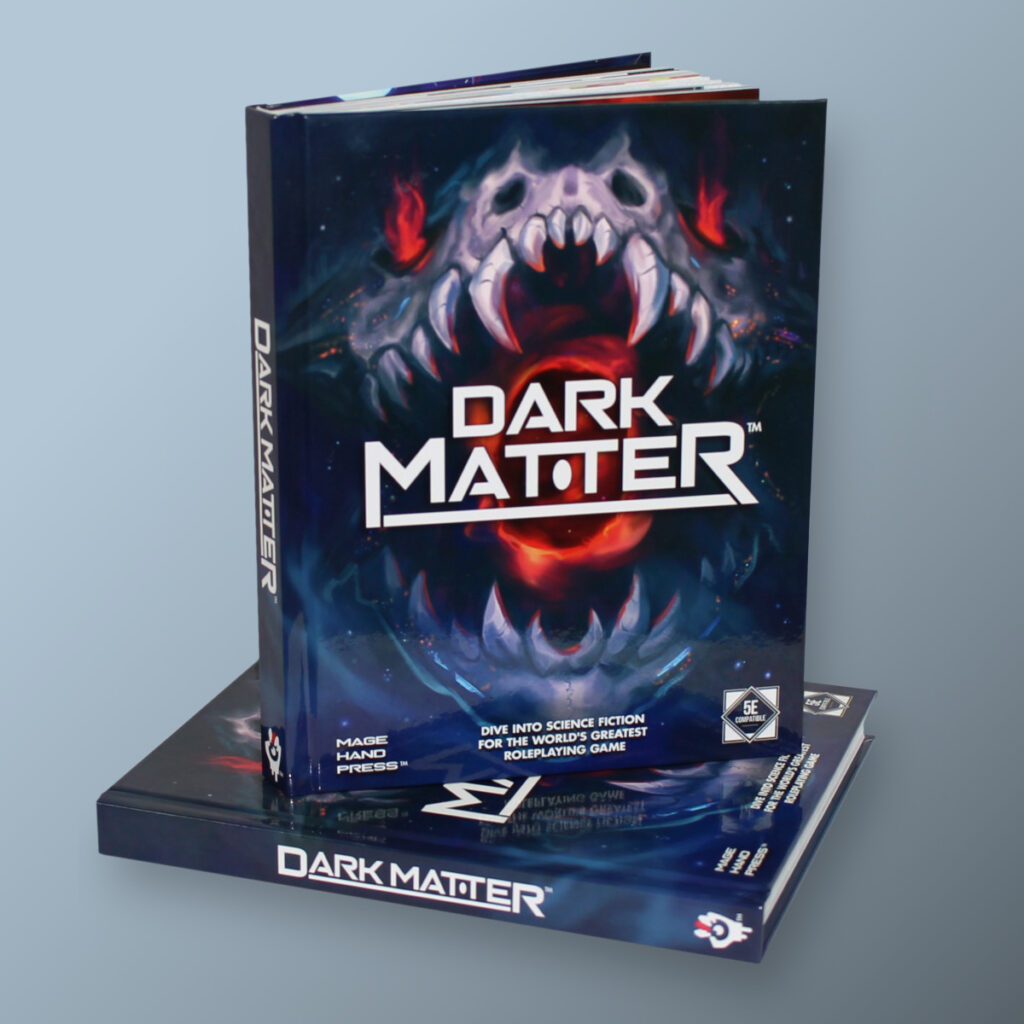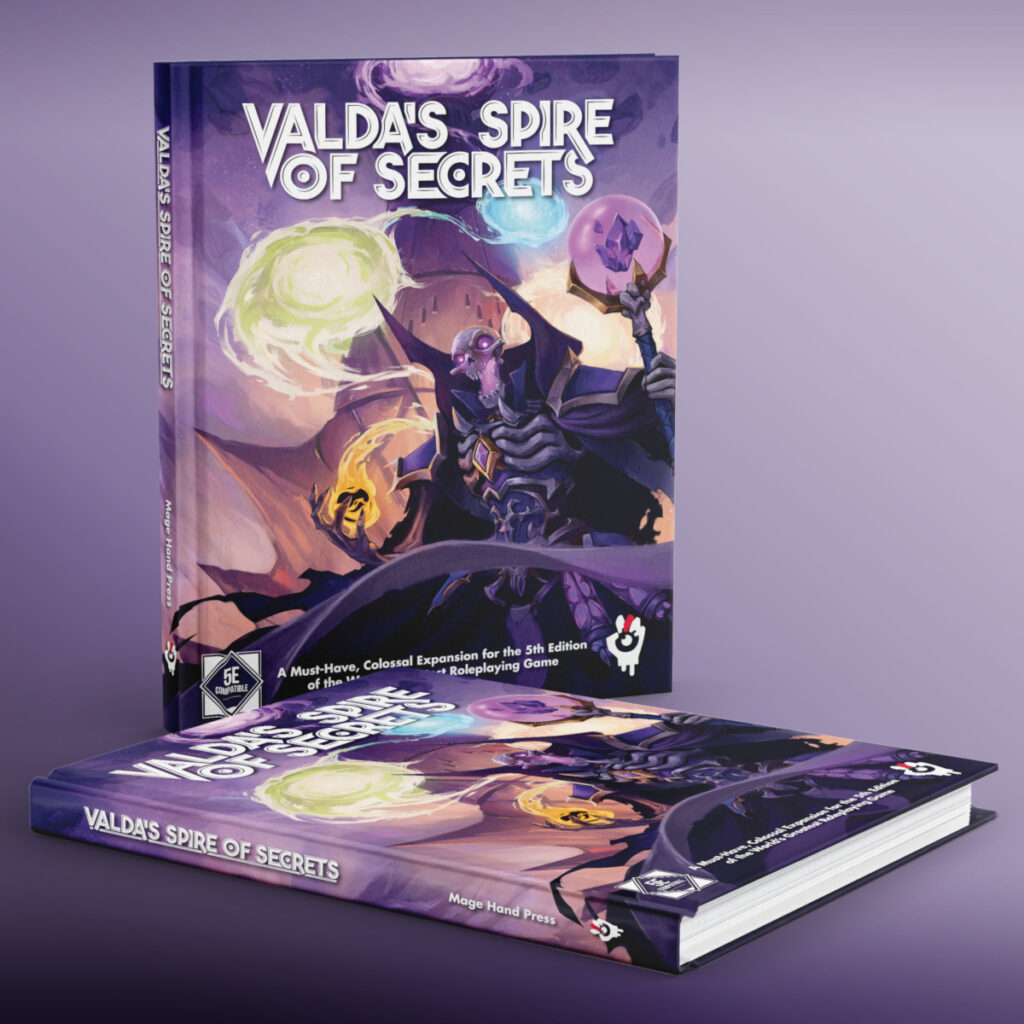Black powder represents a paradigm shift in the art of warfare, fueling everything from powerful siege weapons to concealable, handheld guns. In many campaign settings, firearms supplant the traditional scheme of weapons, forcing arrows, swords, and battleaxes into obsolescence. They might even be commonplace, a staple tool for hunting and defense.
Firearm Eras
Weapon Properties
Mastery Properties
Firearm Ammunition
Firearm Tables
Firearm Eras
Firearms have evolved dramatically throughout history, and will continue to evolve into the far future. Therefore, in addition to being organized into Simple and Martial weapons, the following firearms are organized into eras, the periods of time in which they might be encountered. Some firearms might appear in multiple eras, especially if the story demands an unusual weapon, but many are best suited to campaign settings that echo their level of technology.
The GM determines which era or eras of weapons are in the campaign.
Renaissance Firearms
Renaissance-era firearms, such as Pistols and Muskets, are weapons that have taken the first steps away from cannons and into portable rifles, making them the progenitors of all modern firearms. Weapons from this era use musket balls and loose black powder, and are therefore slow to reload. Importantly, these weapons exist comfortably in many fantasy settings alongside bows, swords, and axes, especially where pirates are at play.
Industrial Age Firearms
Industrial Age firearms, such as Revolvers and Double-Barrel Shotguns, stem from advancements in machinery and assembly lines, granting them more interchangeable parts and cartridge-based bullets. These guns lack the assembly-line consistency of modern firearms, but laid down the bedrock for designs that haven’t changed much since: a classic six-shot Revolver is as timeless as it is effective. While the heyday of Industrial Age firearms was in the Wild West, their simple and reliable construction means they are still commonplace in the modern day.
Modern Firearms
Modern firearms have embraced automatic fire, ammunition magazines, and lighter caliber bullets (which can travel at much higher speeds). For these guns, form begets function: weapons are designed for a specific role, such as Sniper Rifles for long range and Pump Shotguns for close quarters. Moreover, weapons that enjoyed success in the Wild West, such as the Double-Barrel Shotgun, can still be found in use today.
Weapon Properties
Here are definitions of the properties in the Properties column of the Firearm tables. New properties are marked with an asterisk (*).
Ammunition
You can use a weapon that has the Ammunition property to make a ranged attack only if you have ammunition to fire from it. The type of ammunition required is specified with the weapon’s range. Each attack expends one piece of ammunition. Drawing the ammunition is part of the attack (you need a free hand to load a one-handed weapon). After a fight, you can spend 1 minute to recover half the ammunition (round down) you used in the fight; the rest is lost. Firearm ammunition is destroyed upon use.
Finesse
When making an attack with a Finesse weapon, use your choice of your Strength or Dexterity modifier for the attack and damage rolls. You must use the same modifier for both rolls.
Firearm*
You don’t add your ability modifier to the weapon’s damage, unless otherwise stated.
Heavy
You have Disadvantage on attack rolls with a Heavy weapon if it’s a Melee weapon and your Strength score isn’t at least 13 or if it’s a Ranged weapon and your Dexterity score isn’t at least 13.
Light
When you take the Attack action on your turn and attack with a Light weapon, you can make one extra attack as a Bonus Action later on the same turn. That extra attack must be made with a different Light weapon, and you don’t add your ability modifier to the extra attack’s damage unless that modifier is negative.
Range
A Range weapon has a range in parentheses after the Ammunition, Blaster, or Thrown property. The range lists two numbers. The first is the weapon’s normal range in feet, and the second is the weapon’s long range. When attacking a target beyond normal range, you have Disadvantage on the attack roll. You can’t attack a target beyond the long range.
Recoil*
After you make an attack with this weapon, you can’t make ranged attacks beyond the weapon’s normal range until the end of the current turn.
Reload
This weapon can be used to make a number of attacks before it must be reloaded. If you are proficient with the weapon, reloading it takes an action or a Bonus Action; otherwise, reloading it takes an action.
Two-Handed
A Two-Handed weapon requires two hands when you attack with it.
Mastery Properties
Each weapon has a mastery property, which is usable only by a character who has a feature, such as Weapon Mastery, that unlocks the property for the character. The properties used in this book are defined below. New mastery properties are marked with an asterisk (*).
Automatic*
When you make an attack with this weapon, you can choose to make two attacks instead. These attacks are always made with Disadvantage, regardless of circumstance. You can’t replace these attacks. If this weapon has the Ammunition property, these attacks use twice the normal amount of ammunition.
Explode*
When you take the Attack action, you can replace one of your attacks with an explosion from this weapon’s projectile. This explosion is a 5-foot-radius Sphere centered on a point you choose within the weapon’s normal range. Each creature within the Sphere makes a Dexterity saving throw (DC 8 plus your Strength or Dexterity modifier and your Proficiency Bonus). On a failed save, a creature takes the weapon’s damage, but don’t add your ability modifier to that damage unless that modifier is negative. On a successful save, a creature takes half as much damage. You can create an explosion only once per turn.
Mounted*
You can use a Bonus Action to mount this weapon in a fixed position until the end of your turn. A damage value in parentheses appears with this property. While mounted, the weapon deals that damage when used to make a ranged attack, and the weapon can’t be moved.
Push
If you hit a creature with this weapon, you can push the creature up to 10 feet straight away from yourself if it is Large or smaller.
Sap
If you hit a creature with this weapon, that creature has Disadvantage on its next attack roll before the start of your next turn.
Scatter*
Being within 5 feet of an enemy doesn’t impose Disadvantage on your ranged attack rolls with this weapon.
Sighted*
Attacking at long range with this weapon doesn’t impose Disadvantage on your attack rolls. When you hit a creature with an attack using this weapon at long range, you can reroll any of the damage dice and must use the new roll.
Slow
If you hit a creature with this weapon and deal damage to it, you can reduce its Speed by 10 feet until the start of your next turn. If the creature is hit more than once by weapons that have this property, the Speed reduction doesn’t exceed 10 feet.
Vex
If you hit a creature with this weapon and deal damage to the creature, you have Advantage on your next attack roll against that creature before the end of your next turn.
Firearm Ammunition
Ammunition is required by a weapon that has the Ammunition property. A weapon’s description specifies the type of ammunition used by the weapon. The following Ammunition table lists new types of ammunition used by firearms and the amount you get when you buy them.
Firearm ammunition is destroyed upon use.
| Type | Amount | Weight | Cost |
| Bullets | 10 | 1 ½ lb. | 3 GP |
| Cannonballs | 5 | 10 lb. | 25 GP |
| Flares | 5 | 5 lb. | 5 GP |
| Grenades | 5 | 3 lb. | 25 GP |
| Shells | 10 | 1 ½ lb. | 5 GP |
| Shot | 10 | 2 lb. | 1 GP |
| Cannonballs | 5 | 10 lb. | 25 GP |
| Flares | 5 | 5 lb. | 5 GP |
| Grenades | 5 | 3 lb. | 25 GP |
| Shells | 10 | 1 ½ lb. | 5 GP |
| Shot | 10 | 2 lb. | 1 GP |
Renaissance Firearms
| Name | Damage | Properties | Mastery | Weight | Cost |
| Martial Ranged Weapons | |||||
| Blunderbuss | 1d12 Piercing | Ammunition (Range 20/60; Shot), Heavy, Loading, Two-Handed | Scatter | 15 lb. | 750 GP |
| Musket | 1d12 Piercing | Ammunition (Range 40/120; Bullet), Loading, Two-Handed | Slow | 10 lb. | 500 GP |
| Pistol | 1d10 Piercing | Ammunition (Range 30/90; Bullet), Loading | Vex | 3 lb. | 250 GP |
Industrial Age Firearms
| Name | Damage | Properties | Mastery | Weight | Cost |
| Simple Ranged Weapons | |||||
| Double-Barrel Shotgun | 2d6 Piercing | Ammunition (Range 20/60; Shell), Firearm, Recoil, Reload (2), Two-Handed | Scatter | 8 lb. | 175 GP |
| Hunting Rifle | 2d6 Piercing | Ammunition (Range 80/320; Bullet), Firearm, Reload (4), Two-Handed | Sighted | 8 lb. | 150 GP |
| Parlor Gun | 2d4 Piercing | Ammunition (Range 30/120; Bullet), Firearm, Light, Reload (2) | Vex | 1 lb. | 75 GP |
| Revolver | 2d6 Piercing | Ammunition (Range 30/120; Bullet), Firearm, Recoil, Reload (6) | Slow | 3 lb. | 125 GP |
| Martial Ranged Weapons | |||||
| Cannon | 2d8 Fire | Ammunition (Range 100/400; Cannonball), Firearm, Heavy, Loading, Two-Handed | Explode | 225 lb. | 1,500 GP |
| Gatling Gun | 2d6 Piercing | Ammunition (Range 60/240; Bullet), Firearm, Heavy, Reload (40), Two-Handed | Automatic | 125 lb. | 750 GP |
| Magnum | 2d8 Piercing | Ammunition (Range 30/120, Bullet), Firearm, Heavy, Recoil, Reload (6) | Slow | 6 lb. | 600 GP |
Modern Firearms
| Name | Damage | Properties | Mastery | Weight | Cost |
| Simple Ranged Weapons | |||||
| Flare Gun | 2d6 Fire | Ammunition (Range 30/120; Flare), Firearm, Loading | Slow | 1 lb. | 100 GP |
| Handgun | 2d4 Piercing | Ammunition (Range 30/120; Bullet), Firearm, Light, Reload (10) | Vex | 3 lb. | 125 GP |
| Martial Ranged Weapons | |||||
| Assault Rifle | 2d6 Piercing | Ammunition (Range 80/320; Bullet), Firearm, Reload (20), Two-Handed | Automatic | 7 lb. | 300 GP |
| Grenade Launcher |
2d8 Fire | Ammunition (40/160; Grenade), Firearm, Loading, Two-Handed | Explode | 10 lb. | 1,000 GP |
| Pump Shotgun |
2d8 Piercing | Ammunition (Range 20/60, Shell), Firearm, Heavy, Recoil, Reload (8), Two-Handed | Scatter | 7 lb. | 550 GP |
| Sniper Rifle | 2d8 Piercing | Ammunition (Range 100/400, Bullet), Firearm, Heavy, Loading, Two-Handed | Sighted | 8 lb. | 450 GP |
| Submachine Gun |
2d4 Piercing | Ammunition (20/60; Bullet), Firearm, Light, Reload (16) | Automatic | 6 lb. | 250 GP |
Mage Hand Press supports firearm rules for both 5E rulesets, 2024 and 2014.
See firearms in action no matter when your game is set!
-
Dark Matter Hardcover
Original price was: $50.00.$45.00Current price is: $45.00. -
Valda’s Spire of Secrets Hardcover
Original price was: $60.00.$54.00Current price is: $54.00. -
Book of Extinction Hardcover — Pre-Order
$50.00 -
Complete Gunslinger (PDF)
Original price was: $10.00.$9.00Current price is: $9.00.






